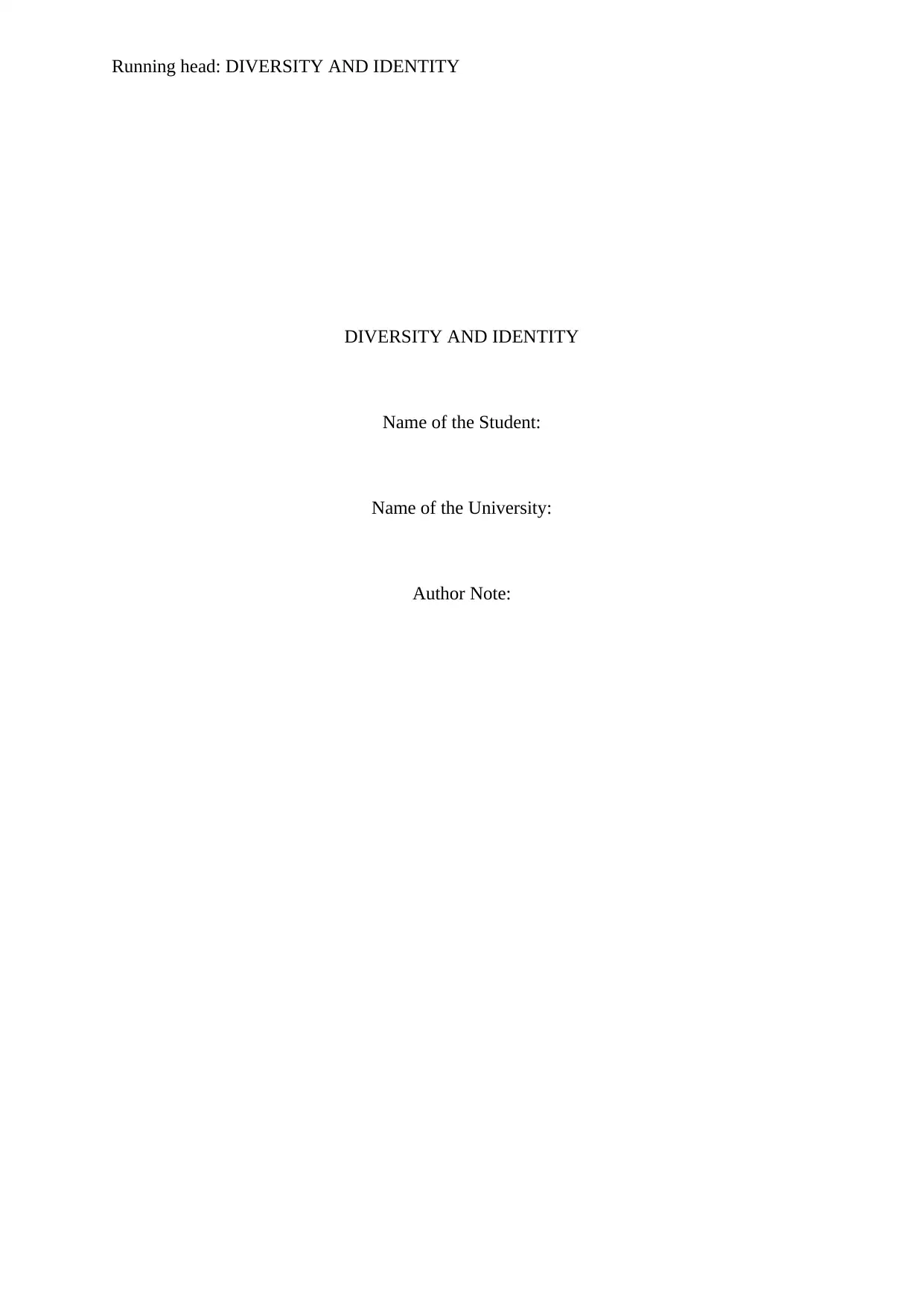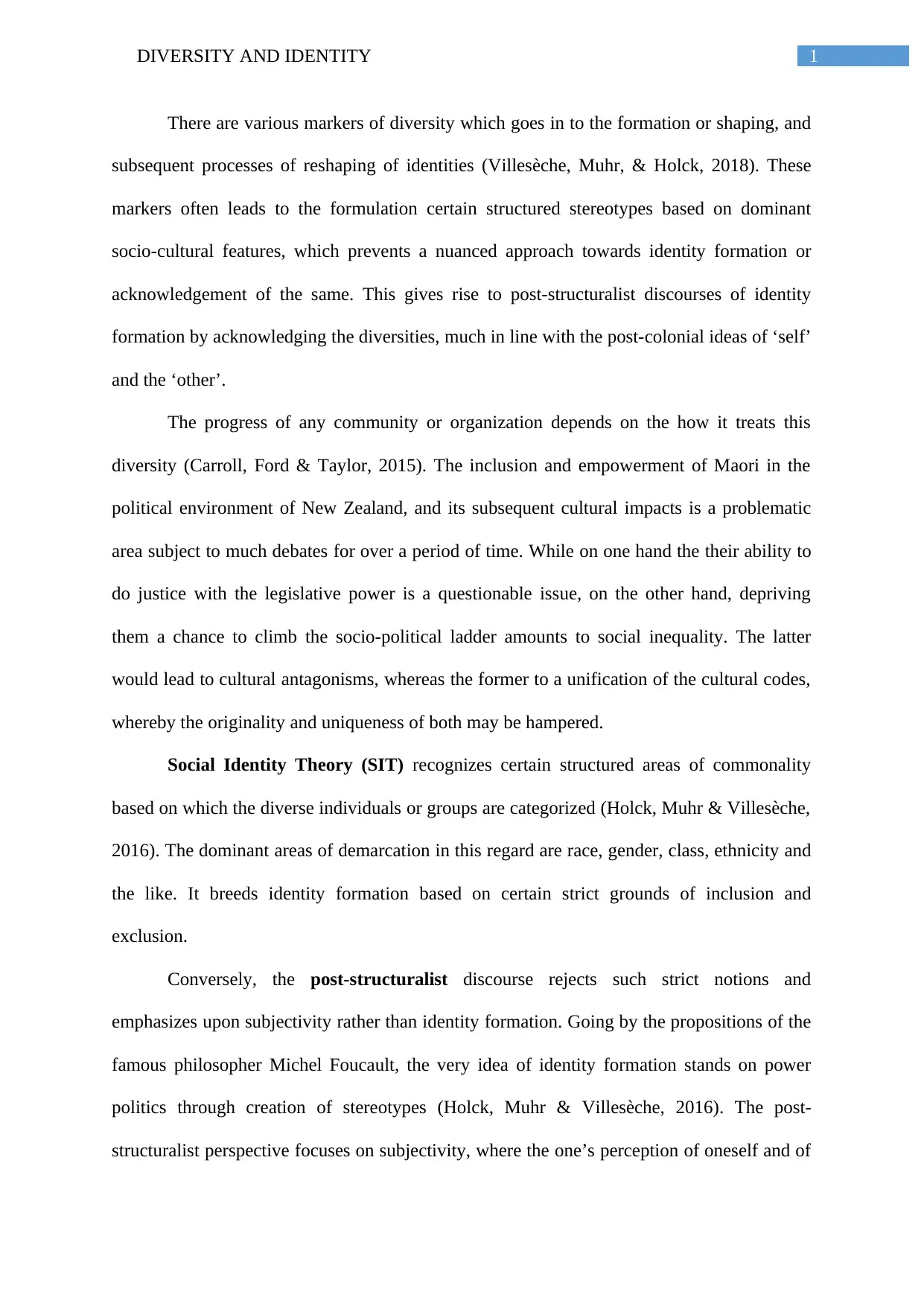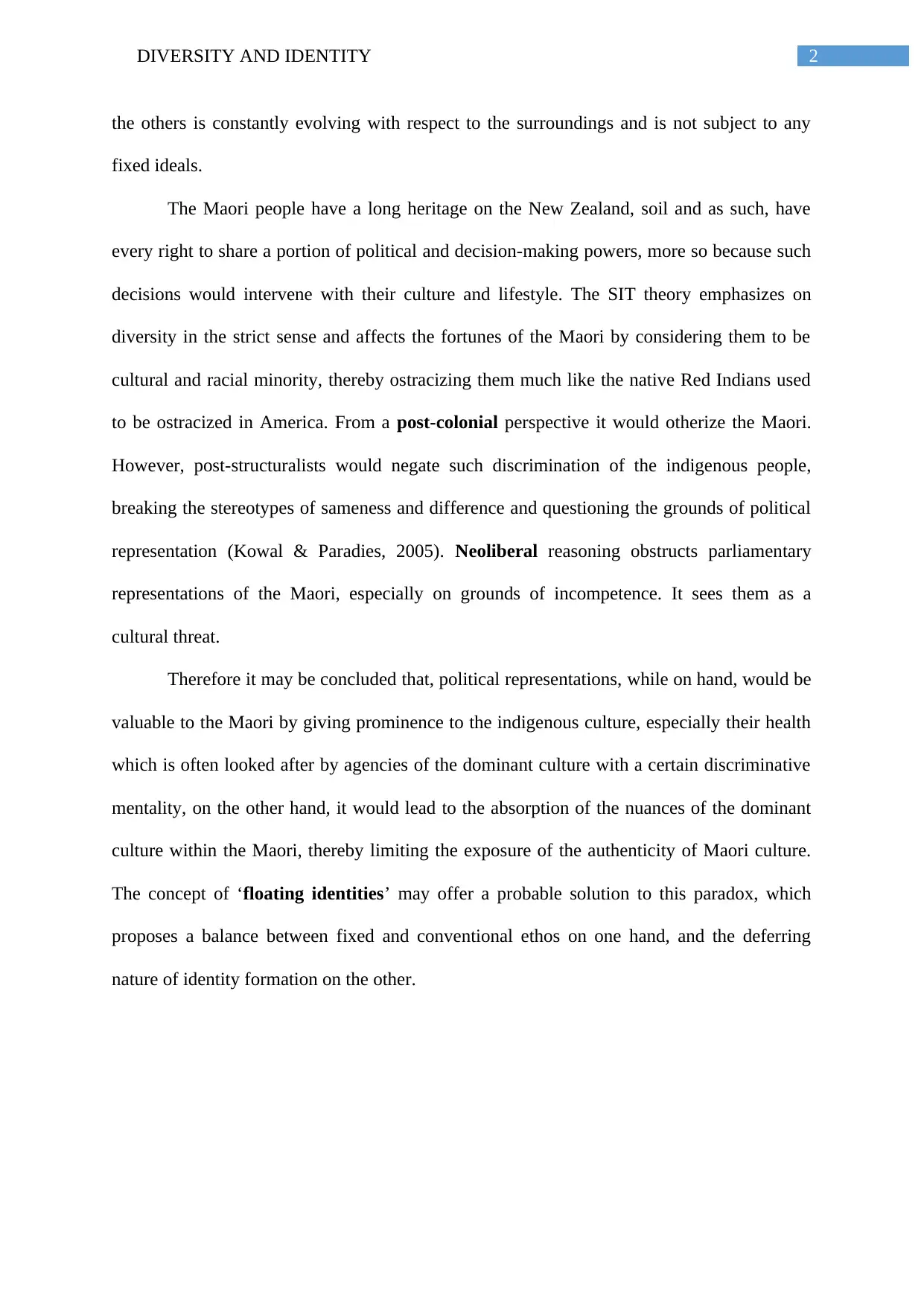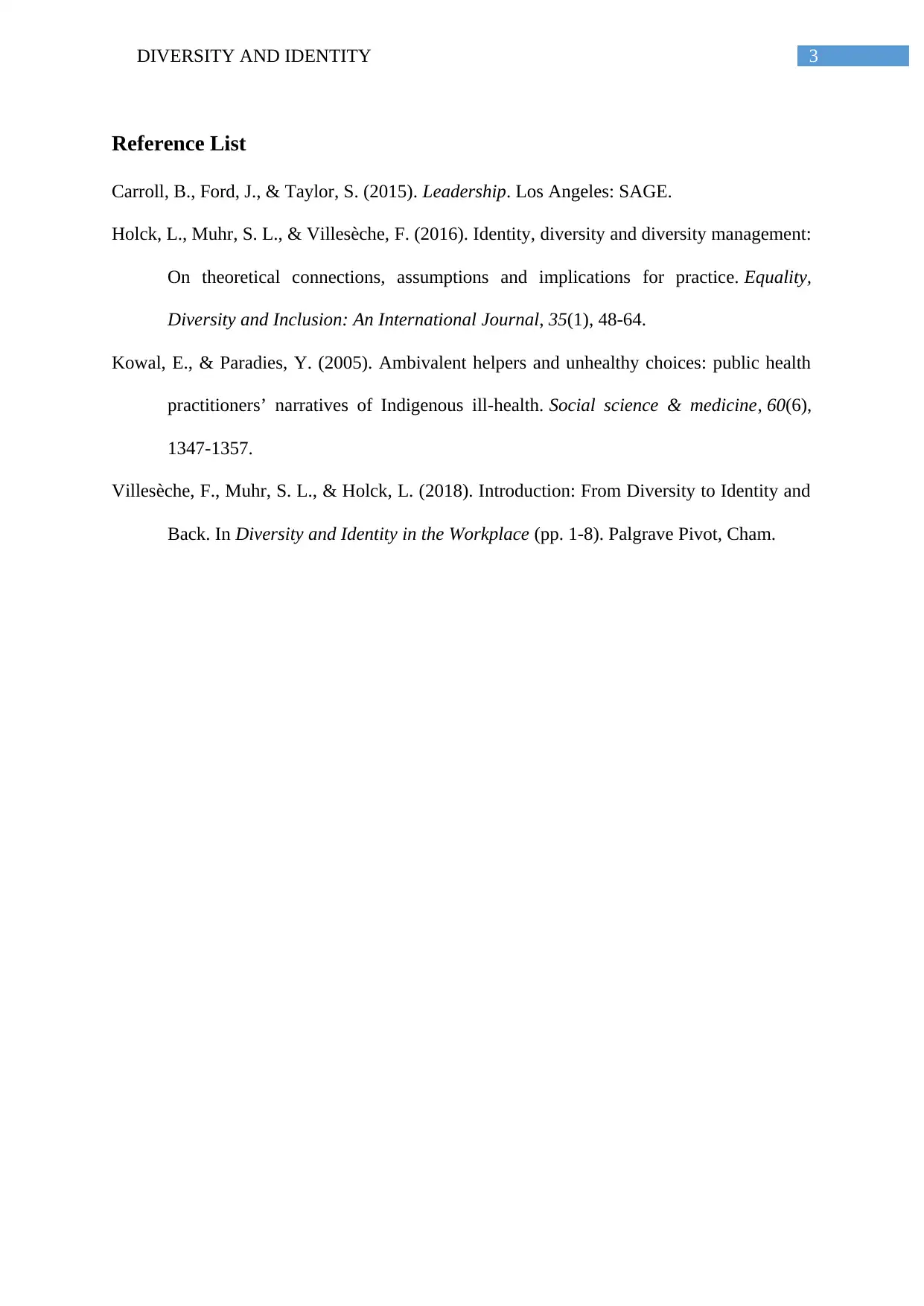Diversity, Identity, and Maori Representation in New Zealand
VerifiedAdded on 2023/06/03
|4
|844
|452
Essay
AI Summary
This essay examines the interplay of diversity and identity in the context of Maori political representation in New Zealand. It discusses how various markers of diversity shape and reshape identities, often leading to stereotypes. The essay contrasts Social Identity Theory (SIT), which categorizes individuals based on commonalities like race and ethnicity, with post-structuralist perspectives that emphasize subjectivity and the power dynamics inherent in identity formation. The case of the Maori people is used to illustrate these concepts, exploring the challenges and potential benefits of their political representation. Neoliberal perspectives that question Maori competence are also addressed, and the concept of 'floating identities' is proposed as a way to balance traditional values with evolving identities. The essay concludes by highlighting the importance of political representation in promoting indigenous culture and addressing discriminatory practices, particularly in healthcare.
1 out of 4





![[object Object]](/_next/static/media/star-bottom.7253800d.svg)